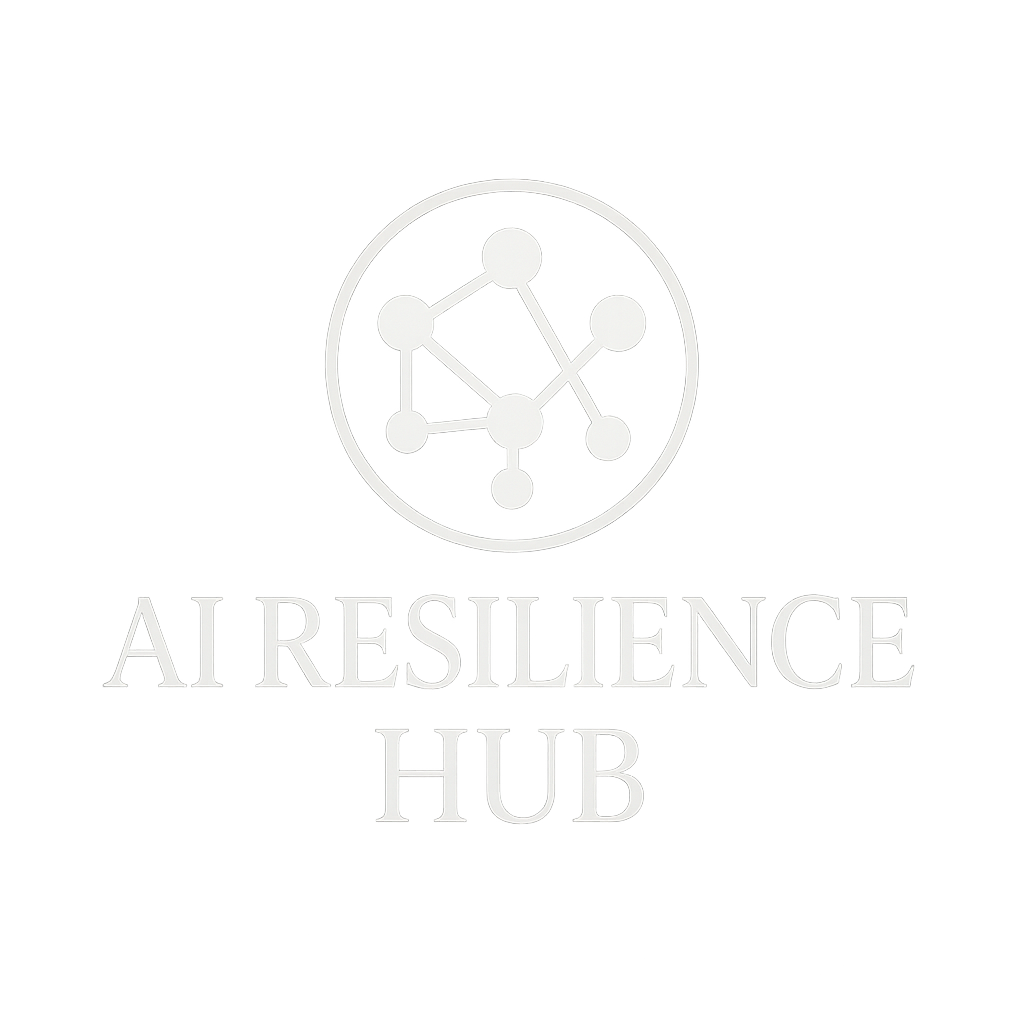Part Five: Networks of Resilience

Up until now, we’ve focused on the personal side of resilience, your habits, your mindset, and the systems you build to stay grounded in uncertain times. But true resilience doesn’t stop at the individual level. It multiplies when it’s shared.
Resilience becomes something far more powerful when families, teams, and communities learn to connect their systems together. Because disruption rarely affects just one person, it ripples through households, workplaces, neighborhoods, and societies.
When we link our strengths, we don’t just survive disruption, we adapt together.
Families: Shared Foundations
A resilient family creates more than financial security or daily routines. It creates a culture where members support one another through shifts. This might look like:
- Shared rituals (like nightly dinners or morning check-ins).
- Transparent communication about challenges.
- Collective problem-solving when change hits.
Families that build systems of trust and adaptability pass those strengths down to the next generation.
Teams: Distributed Strength
In a business or organizational setting, resilience grows when people aren’t siloed.
- Knowledge-sharing systems prevent any one person from being a single point of failure.
- Flexible roles allow teams to shift responsibilities quickly when disruption strikes.
- Leaders who cultivate trust create space for individuals to speak up when something isn’t working.
A resilient team adapts like an organism, if one part is stressed, others compensate.
Communities: The Bigger Net
On the largest scale, communities thrive when resilience is distributed across many nodes.
- Local networks that share resources (from childcare to emergency supplies).
- Support groups that help people re-skill, reframe, and reimagine what’s next.
- Platforms that connect people not just for transactions, but for transformation.
Communities that share resilience aren’t just protecting themselves against collapse, they’re actively shaping a better future.
The Core Idea
Resilience isn’t meant to be hoarded. It’s designed to be multiplied. One person who can adapt is strong. But a family, team, or community that adapts together is nearly unbreakable.
The future will demand networks of resilience - structures where no one faces disruption alone. Because the real test of resilience is not whether you can endure change, but whether we can endure it together.
In Part Six, we’ll explore the global layer: how resilience shapes nations, economies, and even the collective story of humanity as we step into an uncertain future.
